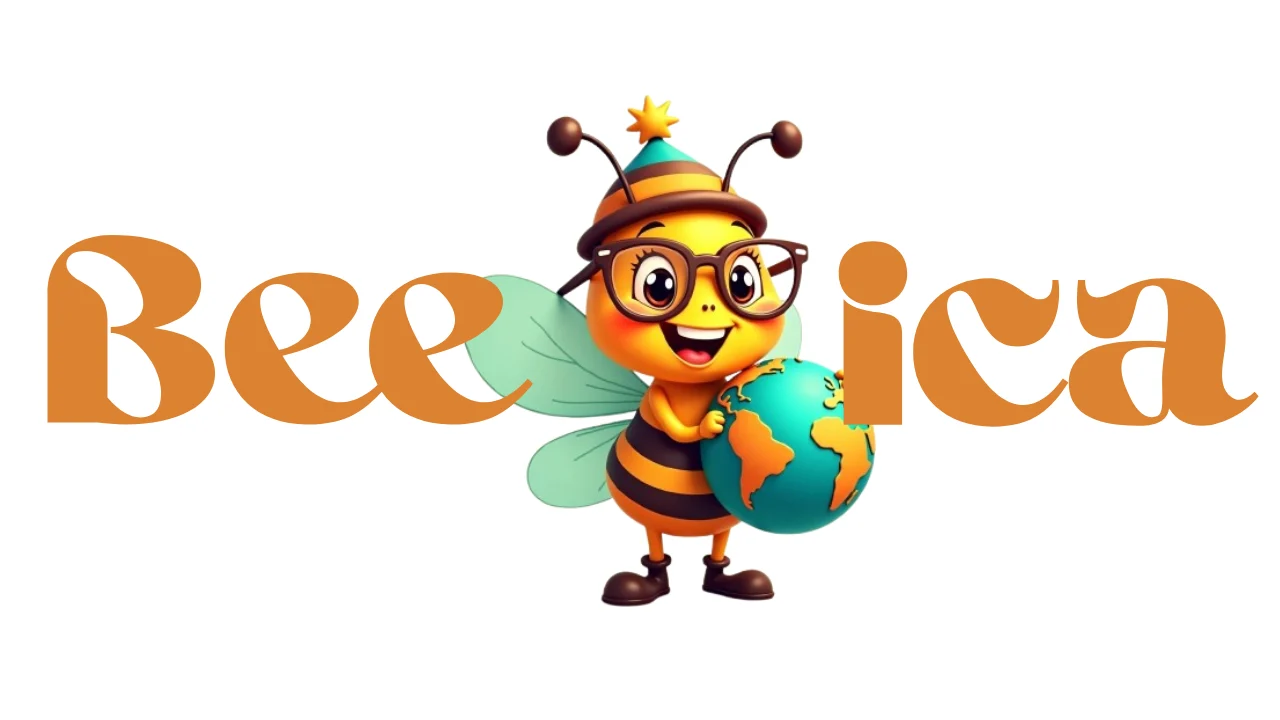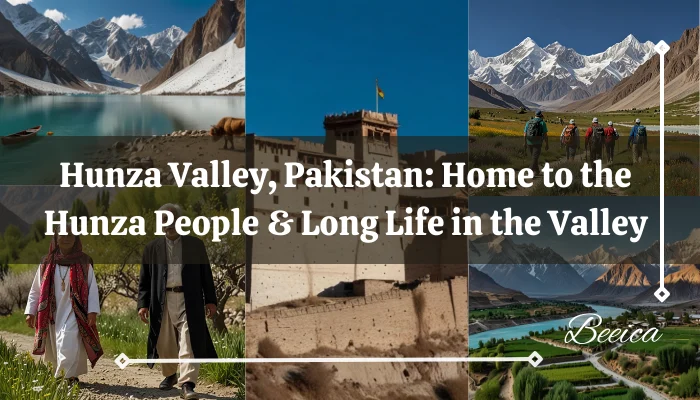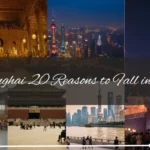Nestled in the heart of northern Pakistan, the Hunza Valley is a breathtaking destination known for its stunning landscapes, rich culture, and the remarkable long life of its people. Often referred to as the inspiration for the mythical valley of Shangri-La in James Hilton’s 1933 novel, this beautiful valley offers a unique blend of adventure, history, and tranquility.
But what makes the Hunza Valley so special? From its towering peaks like Ultar Sar and Rakaposhi to ancient forts such as Baltit Fort and Altit Fort, the region is a paradise for trekkers, history lovers, and those seeking serenity. Moreover, the Hunza people are famous for their highest life expectancy, attributed to their traditional Hunza diet and active lifestyle.
If you’re planning to visit Hunza or simply want to learn more about this hidden gem, this article will guide you through its wonders.
1. Where Is Hunza Valley Located in Pakistan?
The Hunza Valley is situated in the Gilgit-Baltistan region of northern Pakistan, surrounded by the mighty Karakoram Range. The valley is home to several picturesque villages, including Karimabad, the capital of Hunza, and scenic spots like Passu and Attabad Lake.
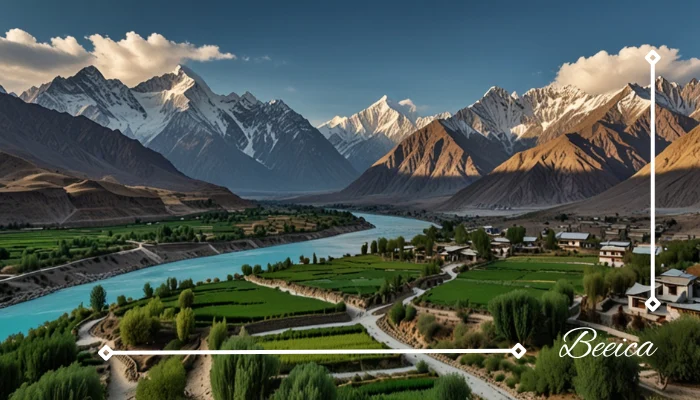
Bordered by China’s Wakhan Corridor and the Khunjerab Pass, the Hunza Valley in Pakistan offers some of the most spectacular views in the world. The Hunza River flows through the valley, nourishing its terraced fields and apricot orchards. Whether you’re exploring Upper Hunza or Lower Hunza, every corner of this region is mesmerizing.
2. Why Is Hunza Valley Called the Land of Long Life?
The Hunza people are renowned for their extraordinary life expectancy, often living over 100 years. Researchers believe their long life is due to a combination of factors, including a diet rich in organic fruits, nuts, and grains, as well as an active lifestyle filled with trekking and farming.

Additionally, the high altitude and clean mountain air contribute to their health. The people of Hunza follow the Ismaili sect of Islam, which promotes a balanced and peaceful way of life. Their traditional Hunza lifestyle, free from processed foods and stress, makes this valley a fascinating case study in longevity.
3. What Are the Must-Visit Places in Hunza Valley?
From historical landmarks to natural wonders, the Hunza Valley has countless attractions. Baltit Fort, a UNESCO World Heritage Site, offers panoramic views of the valley, while Altit Fort is one of the oldest structures in the region.
For nature lovers, the Batura Glacier and Ultar Meadow provide stunning trekking routes. Karimabad, the cultural hub, is perfect for experiencing Hunza culture, and the Khunjerab Pass is a must-visit for adventure seekers. Whether you’re exploring ancient forts or relaxing by Attabad Lake, every spot in Hunza is unforgettable.
4. How to Reach Hunza Valley from Islamabad?
The easiest way to reach the Hunza Valley is by taking the Karakoram Highway from Islamabad. This epic road trip takes you through Gilgit, offering breathtaking views of mountains and rivers.
Alternatively, you can fly to Gilgit and then hire a private tour operator to drive you to Hunza. The journey to Hunza Valley is an adventure in itself, with stops at scenic viewpoints and historic sites along the way.
5. What Makes Baltit Fort and Altit Fort So Special?
Baltit Fort, perched on a hilltop in Karimabad, was once the residence of the ruling family of Hunza. Its unique Tibetan-influenced architecture and museum showcase the region’s royal history.
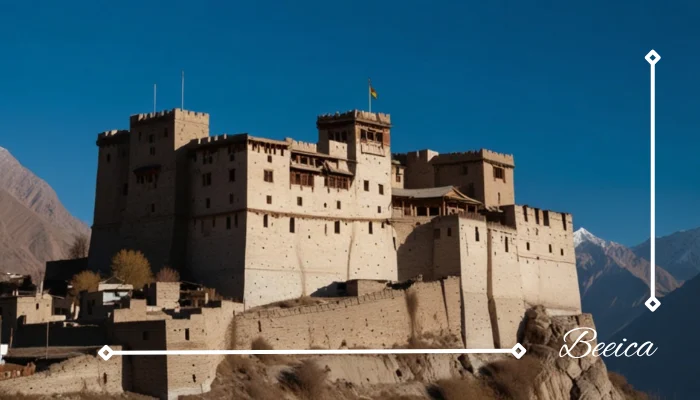
Similarly, Altit Fort, believed to be over 1,000 years old, stands as a testament to the Hunza state‘s resilience. Both forts provide deep insights into the culture of Hunza and its historical significance as a former princely state.
6. Is Hunza Valley the Real Shangri-La?
Many believe the Hunza Valley was the inspiration for Shangri-La in James Hilton’s 1933 novel Lost Horizon. With its serene landscapes, hospitable local people, and aura of timelessness, it’s easy to see why.
The valley is popularly believed to embody the utopian paradise described in the book. Whether myth or reality, Hunza certainly feels like a hidden paradise.
7. What Is the Traditional Hunza Culture Like?
The Hunza culture is deeply rooted in community, music, and dance. The local people speak Burushaski, a unique language, and follow traditional Hunza customs.
Festivals like the apricot harvest celebration highlight their vibrant traditions. The family of Hunza is called a close-knit unit, reflecting their strong social bonds.
8. What Are the Best Treks in Hunza Valley?
For trekking enthusiasts, the Hunza Valley offers incredible routes like the Ultar Sar Base Camp Trek and the Rakaposhi Viewpoint Trek. The meadow trails and glacier crossings provide unmatched adventure.
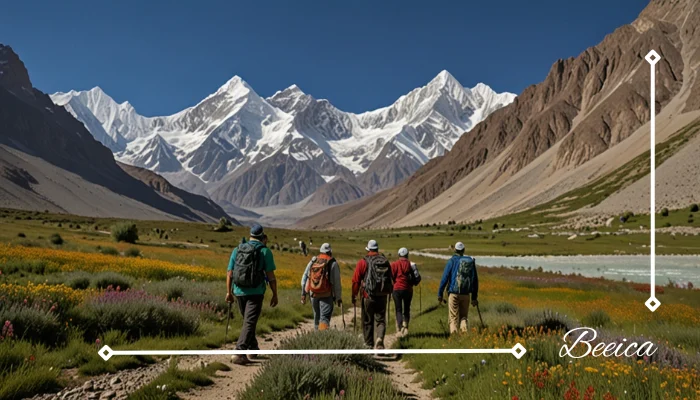
The Batura Glacier Trek is another highlight, taking hikers through some of the most remote and stunning landscapes in Gilgit-Baltistan.
9. Why Is Karimabad the Capital of Hunza?
Karimabad, the capital of Hunza, is the cultural and historical heart of the region. Located at the top of Karimabad, it offers breathtaking views of the surrounding peaks.
Once the seat of the Mir Safdar Ali Khan, it remains a vital center for tourism and heritage in Hunza.
10. How Does Tourism Impact Hunza Valley?
While tourism boosts the local economy, it also brings challenges like environmental strain. Responsible travel, such as hiring a tour leader from the community, helps preserve the valley’s beauty.
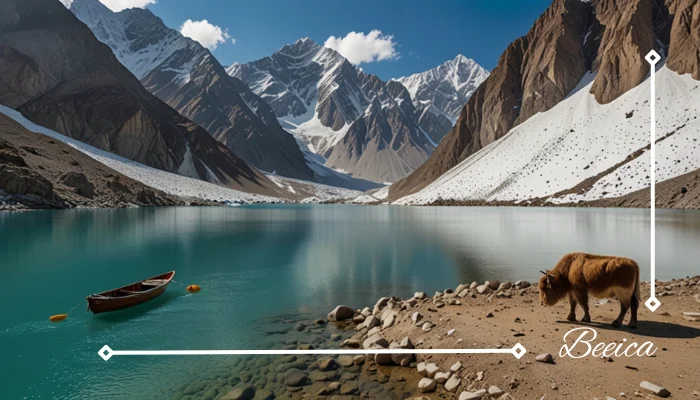
Visitors to Hunza should respect local customs and support sustainable practices to ensure this paradise remains untouched.
Key Takeaways
- The Hunza Valley is a beautiful valley in northern Pakistan, known for its stunning landscapes and long life of its people.
- Must-visit spots include Baltit Fort, Altit Fort, Karimabad, and Batura Glacier.
- The Hunza people follow a healthy lifestyle, contributing to their extraordinary longevity.
- Accessible via the Karakoram Highway from Islamabad, the valley is a trekker’s paradise.
- Responsible tourism is crucial to preserving the culture of Hunza and its natural beauty.
If you’re looking for adventure, history, or tranquility, the Hunza Valley is a destination like no other. Plan your journey to Hunza Valley today and experience its magic firsthand!
FAQ Section
Q: What is the best time to visit Hunza Valley?
A: April–June (spring blossoms) and September–October (autumn colors).
Q: How do you reach Hunza from Islamabad?
A: By road (12–14 hours via Karakoram Highway) or flight to Gilgit (1 hour), then a 2-hour drive.
Q: Is Hunza safe for tourists?
A: Absolutely! It’s one of Pakistan’s safest and most tourist-friendly regions.
Q: What language do they speak in Hunza?
A: Primarily Burushaski, but Urdu and English are also understood.
Q: Why is Hunza called a Shangri-La?
A: Due to its stunning landscapes, peaceful culture, and resemblance to the mythical paradise in literature.

Hi, I’m Zara Masood, the creator of Beeica.com—a virtual travel space where I share amazing destinations, travel stories, and tips to inspire your wanderlust.
I’ve always dreamed of exploring the world, but life took a different path. Instead of giving up on my passion, I created Beeica to experience travel in a unique way—through research, imagination, and storytelling. Here, I bring you detailed travel guides, cultural insights, and hidden gems, all from a virtual perspective.
Whether you’re planning a real trip or just love discovering new places, Beeica is here to take you on a journey—no passport needed! 🌍✈️
